Burning the Midnight Oil for Living Energy Independence
crossposted from Voices on the Square
 The fundamental objectives of a national Steel Interstate project are two-fold:
The fundamental objectives of a national Steel Interstate project are two-fold:
- Reducing CO2 emissions; and
- Pursuing Energy Independence
The importance of reducing CO2 emissions as a step toward sustainability ought to require no elaboration. It has, of course, been elaborated on in previous Sunday Train essays, and likely will be again, but this Sunday, I will leave it as read. The importance of reducing grossly wasteful oil consumption in long haul freight transport follows directly from the position of the Transport sector as the number two emitter of CO2, and the opportunity presented by long haul electric freight rail to operate at about 20 times the energy efficiency per ton-mile as long haul truck freight.
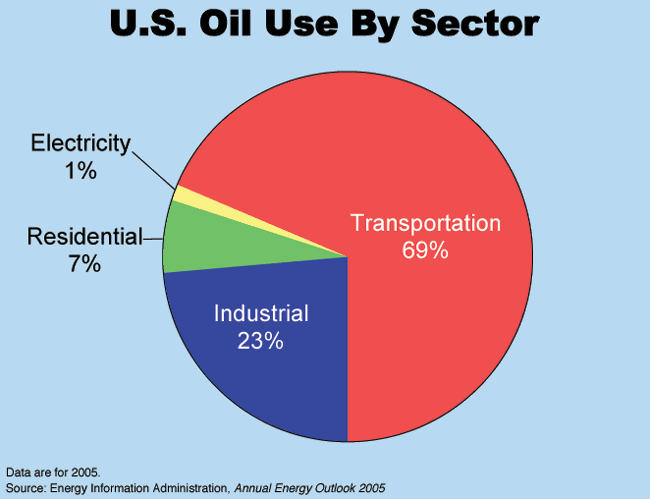 The importance of Energy Independence for a sustainable economy may not be as widely understood, but it is as fundamental. For an economic system to be truly sustainable, it must be reproducible. That is, it must be sustainable even if adopted by all countries in the global community. That is why simply importing energy from others to cover the massive gap between our country’s biocapacity and our country’s ecological footprint is not, in fact, sustainable. It cannot be reproduced all around, because then there is no “somewhere else” to go get the energy.
The importance of Energy Independence for a sustainable economy may not be as widely understood, but it is as fundamental. For an economic system to be truly sustainable, it must be reproducible. That is, it must be sustainable even if adopted by all countries in the global community. That is why simply importing energy from others to cover the massive gap between our country’s biocapacity and our country’s ecological footprint is not, in fact, sustainable. It cannot be reproduced all around, because then there is no “somewhere else” to go get the energy.
Indeed, to be truly sustainable, a country such as ours, with twice the average biocapacity per person, ought to have the capacity be a net energy exporting country. So Sustainable Energy Independence is not even an ultimate target: it is the immediate goal to pursue, on the path to the ultimate target.
And with about a fifth of our petroleum consumption going for long haul truck freight, getting even half of our long haul truck freight onto Steel Interstates would cut our petroleum consumption by about a tenth. That is roughly 7% of our oil consumption and up to about 3% of our CO2 emissions (depending on the power source), so its a one-in-fifteen slice of oil independence and a larger than one-in-forty slice of carbon neutrality.
The topic for today is the flipside of the Steel Interstate proposal: the Electricity Superhighways, and how they offer the chance to substantially increase the size of the carbon neutrality slice.
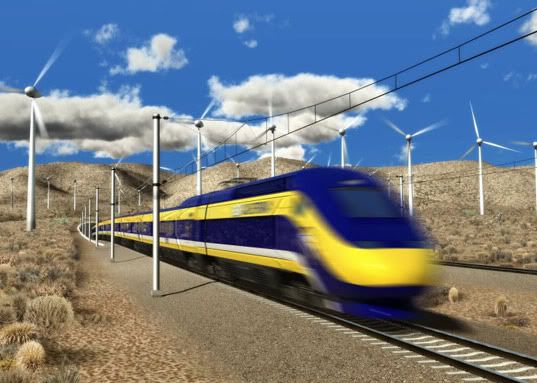 One of the biggest difficulties in the fight for sustainable energy independence is that Big Oil and Big Coal, the entrenched vested interests against our nation’s long term economic survival, have ample resources and ample practice in playing the long game. They have, over decades, built up a network of propaganda mills (Heritage, Cato, Reason), pro-corporate legislative cookie cutter factories (ALEC) and have invested heavily in buying large number of legislatures at both the state and federal level.
One of the biggest difficulties in the fight for sustainable energy independence is that Big Oil and Big Coal, the entrenched vested interests against our nation’s long term economic survival, have ample resources and ample practice in playing the long game. They have, over decades, built up a network of propaganda mills (Heritage, Cato, Reason), pro-corporate legislative cookie cutter factories (ALEC) and have invested heavily in buying large number of legislatures at both the state and federal level.
 Today, the focus is on one lovely rhetorical ploy used by anti-rail advocates to try to put one over on people with limited experience with trains. This relies on the false framing that “trains is trains”, and uses something that is true about a particular kind of local rail transport to mislead people about 110mph Emerging High Speed Rail in particular.
Today, the focus is on one lovely rhetorical ploy used by anti-rail advocates to try to put one over on people with limited experience with trains. This relies on the false framing that “trains is trains”, and uses something that is true about a particular kind of local rail transport to mislead people about 110mph Emerging High Speed Rail in particular.
 The fundamental objectives of a national Steel Interstate project are two-fold:
The fundamental objectives of a national Steel Interstate project are two-fold: The importance of Energy Independence for a sustainable economy may not be as widely understood, but it is as fundamental. For an economic system to be truly sustainable, it must be reproducible. That is, it must be sustainable even if adopted by all countries in the global community. That is why simply importing energy from others to cover the massive gap between our country’s biocapacity and our country’s ecological footprint is not, in fact, sustainable. It cannot be reproduced all around, because then there is no “somewhere else” to go get the energy.
The importance of Energy Independence for a sustainable economy may not be as widely understood, but it is as fundamental. For an economic system to be truly sustainable, it must be reproducible. That is, it must be sustainable even if adopted by all countries in the global community. That is why simply importing energy from others to cover the massive gap between our country’s biocapacity and our country’s ecological footprint is not, in fact, sustainable. It cannot be reproduced all around, because then there is no “somewhere else” to go get the energy. By now, you would likely have seen the headline that
By now, you would likely have seen the headline that 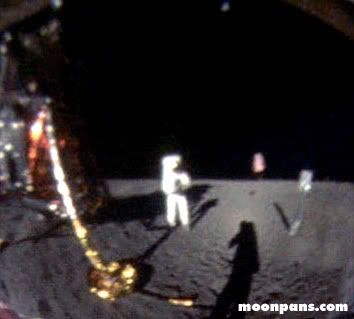 This fuzzy picture was take by enhancing a picture Neil took of Buzz Aldrin, and zooming in on the reflective visor, where Neil Armstrong appears in reflection as the photographer. And the small blue dot near the top?
This fuzzy picture was take by enhancing a picture Neil took of Buzz Aldrin, and zooming in on the reflective visor, where Neil Armstrong appears in reflection as the photographer. And the small blue dot near the top?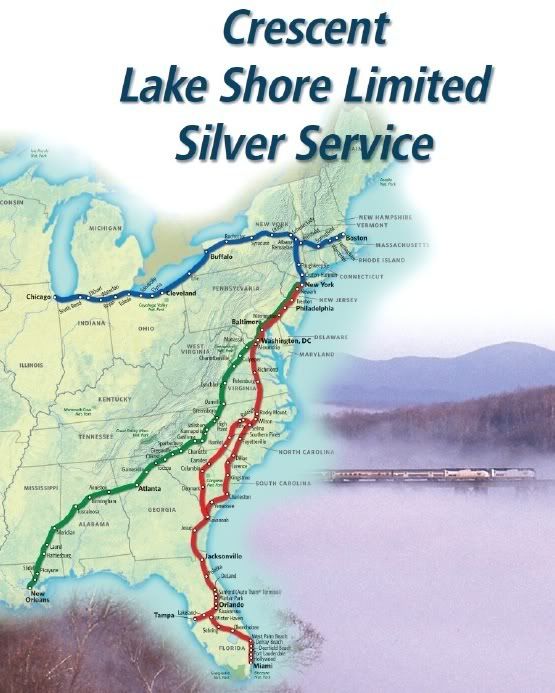 Back in early June, in
Back in early June, in  “Oh, sure,
“Oh, sure, 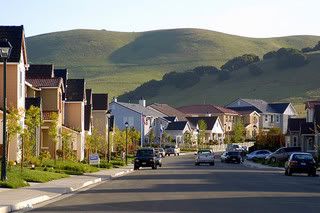 Back in April, Hope Yen was on the Huffington Post with
Back in April, Hope Yen was on the Huffington Post with
Recent Comments